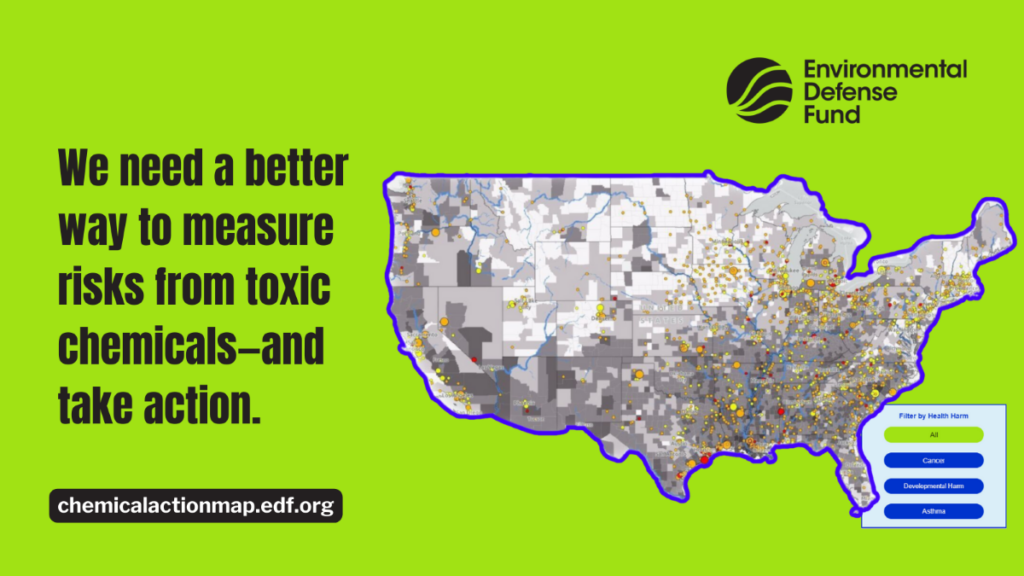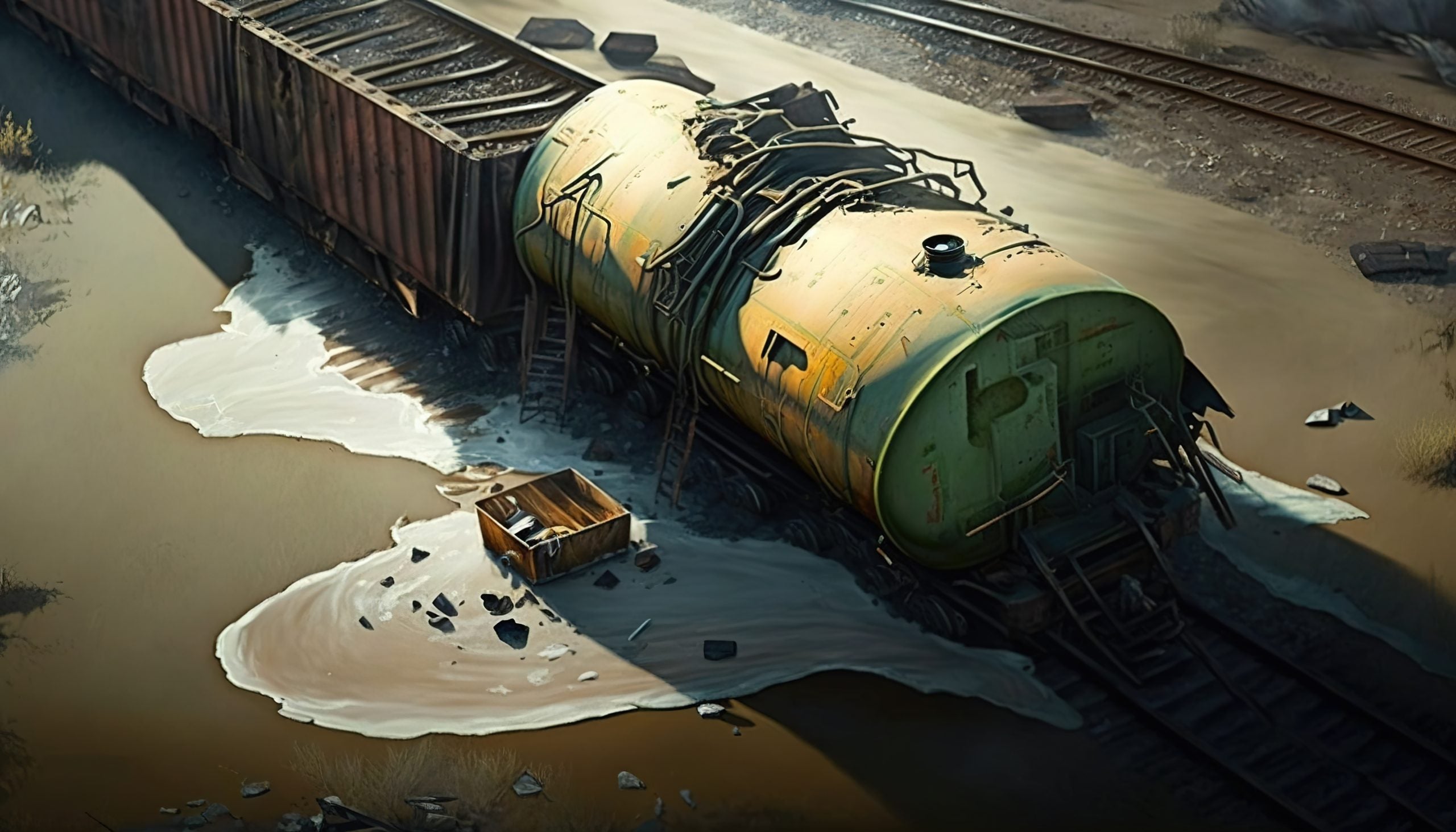
First things first: vinyl chloride data updates and our case for stronger evaluations
NOTE: This is the first of a series about EPA’s prioritization of existing chemicals.
What Happened?
EPA recently announced it had initiated the prioritization process for five chemicals for upcoming risk evaluation. One of the chemicals, vinyl chloride, is a highly toxic chemical known to cause liver toxicity and liver cancer in humans. The other four chemicals are also carcinogens and cause other toxic effects such as harms to pregnant women and infants.
We have added these five chemicals to our Chemical Exposure Action Map. Our map shows releases of TSCA high priority chemicals, focusing on three major categories of health harms from cumulative exposure to these chemicals: cancer, developmental harm, and asthma.  Why It Matters
Why It Matters
Prioritizing a chemical as high priority is a key step in the process of evaluating and managing its unreasonable risks under TSCA. The factors and data that EPA considers when prioritizing chemicals affects whether EPA designates a chemical as a high priority and how effectively the Agency will be able to assess its risks, especially to more highly exposed individuals and those more susceptible to the chemicals, like fenceline communities.
We support the designation of these five chemicals, particularly vinyl chloride, as high-priority chemicals for evaluation. However, as we explain in our recent comments, EPA can improve its prioritization process to consider the more real-world risks faced by people who are more highly impacted by these toxic chemicals.
Our Take
EPA can improve its prioritization in two important ways.
First, EPA should systematically prioritize chemicals released or used together that cause the same toxic harms. Considering the cumulative risk posed by chemicals that cause the same harm provides a more complete and real-world picture of the risks fenceline communities face because exposure to multiple chemicals causing the same or similar health harms increases the risk of serious health problems.
Second, in prioritizing chemicals and evaluating the risks from these chemicals, EPA should consider exposures from accidental releases, including transportation accidents such as from the East Palestine, Ohio train derailment. In the past, EPA has generally not considered these exposures despite the significant contributions they can have to the chemical’s risk.
EPA has a major opportunity to improve its prioritization and evaluation processes so that it can develop a fuller picture of the risks posed by toxic chemicals. This would provide the Agency with the basis to develop regulations that will more fully protect human health and the environment, including for those people at greatest potential risk, like fenceline communities.
What’s Next?
EPA is now in the process of determining whether vinyl chloride and the other four chemicals the Agency is assessing should be designated as high priority chemicals. If they are designated as high priority, EPA will begin risk evaluations for these chemicals.
In our next post, we will recommend ways EPA can improve its prioritization process by incorporating cumulative risk analyses and considerations.












